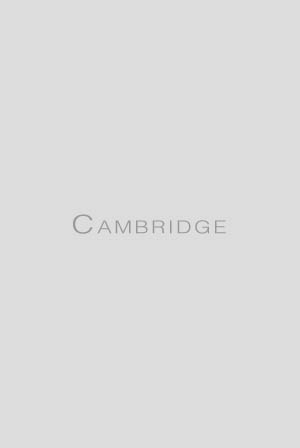No CrossRef data available.
Article contents
Heard and Seen
The Other End of the Telescope
Published online by Cambridge University Press: 24 September 2024
Extract
As presented to us in Europe at the moment, the American film is in a rum state of disproportion. Hurtling around in circuit like so many giant satellites go the blockbusters—El Cid and Ben Hur and West Side Story—and not yet generally released are the near three hours of The Cardinal, the three hours plus of Cleopatra, looming like Easter Island figures in the West End or on the boulevards of Paris.
And yet, in contrast to films of such enormous magnification, spatial and temporal, financial and technical, we have now been able to see a handful of American films which would almost appear to have been made by directors looking through the wrong end of the telescope, so deliberately small-scale are they.
The first of these was, I suppose, the memorable Shadows, made by John Cassavetes to please himself in a kind of sophisticated near-improvisation, which ran for months at the Academy Cinema, with the longest queues of the most enthusiastic young audiences that London had seen since foreign films reached us again after the war. This study of race relations in New York, made in a minor key but with major intelligence, was most absorbing, apart from its sheer cinematic interest, for the insight it gave one into the lives of real people, as distinct from film stereotypes, as prolific in the American cinema as in the British, but less easily detectible by the stranger. And now that one has read James Baldwin’s Another Country, Shadows seems even more impressive in retrospect. Then came Shirley Clarke’s The Connection—I do not think one can include The Savage Eye in this category, for it was essentially a documentary—which was a wonderfully entertaining piece of work. It dealt, you will recall, with the existence of junkies whilst they await the appearance of Cowboy—sinister black boy in white dungarees—who will bring them their dope, without which they cannot survive.
- Type
- Original Article
- Information
- Copyright
- Copyright © 1964 Provincial Council of the English Province of the Order of Preachers


